The LG G Pro 2 is here at Mobile World Congress 2014, and we took the 5.9-inch LG phablet for a spin and compared it against the popular Samsung Galaxy S4. Korea’s giants LG and Samsung are fighting it off, trying to one-up one another, and the newer G Pro 2 should have the upper hand, but is it really so and which of these two top-shelf devices is better?
On the surface, it’s a comparison of opposites - a phablet against a regular sized smartphone, LG’s Optimus UI skin against Samsung’s TouchWiz, but at their core these devices are similar. Both run on Android after all, and both come with 13-megapixel cameras. Let’s dive in the details to find the truth about them.
Design
First, though, let us clarify that the LG G Pro 2 version that we have here is the Korean model, not an international one. It should not be much different, but there might be slight variances, so keep this in mind.
The LG G Pro 2 and Samsung Galaxy S4 share something that none of them should be very proud of - a plastic body. The G Pro 2 features a fine grain matte finish that does not catch fingerprints, while the Galaxy S4 has that familiar glossy body.
The G Pro 2 also comes with nicely rounded edges that make it convenient to hold. The biggest difference is, of course, that its buttons are on its back and easy to reach, which is an advantage for such a large-sized device.
Display
The 5.9-inch IPS LCD display on the G Pro 2 is much larger than the 5-inch AMOLED one on the Galaxy S4. We are very impressed with LG’s work on the display - it’s very bright and features nice, vivid colors. As for the AMOLED screen on the Galaxy S4, we already know that it is not bad with great viewing angles and decent brightness, but its colors are way overblown.
Interface
The G Pro 2 ships with the latest version of Android - 4.4 KitKat, while the Galaxy S4 is yet to be updated. The two also come with different skins - the Optimus UI on the G Pro 2 and TouchWiz on the Galaxy S4.
Along with the signature LG apps like QuickMemo, LG has bundled in a few new features like KnockCode that allows you to blind draw a pattern using the four corners of the screen to unlock your phone. You can also lock access to particular images in the gallery, which seems like a feature many people would want to use. Interestingly, there’s also a multitasking feature allowing you to run two apps at the same time, much like the Multi-Windows feature on the Galaxy S4.
Processor and memory
In terms of processing power both phones are top notch devices that don’t skip a beat and run without a slowdown. The G Pro 2 comes with the newest Snapdragon 800, while the Galaxy S4 features the Snapdragon 600 chip. The 800 is slightly more powerful with a higher clock speed (2.3GHz vs 1.9GHz), and a newer graphics chip (Adreno 330 vs Adreno 320).
In reality, the biggest difference in performance will become apparent in gaming and other applications that stress the phone to the maximum.
Internal storage is set at 32GB on the G Pro 2 and 16GB on the Galaxy S4 (for the basic versions), but you can expand that via microSD cards on both.
Camera
Both the LG G Pro 2 and the Samsung Galaxy S4 come with 13-megapixel cameras, but the LG one features optical image stabilization. It also features a neat new mode that allows you to focus after the shot. Basically, what the phone does is capture multiple images with a different focus, and then when you tap on the object you want to focus, it picks the frame that matches the focus the closest.
Otherwise, both cameras come with a similar approach to the user interface with many preset modes and manual settings to pick from.
Expectations
Over time, Samsung has slashed a third of the price of the Galaxy S4, so that now it’s much more affordable than the G Pro 2. And if you don’t obsess over performance and games, it will be a very decent alternative.
Yet, the G Pro 2 has a lot going on for it. It’s got the larger, 5.9-inch display, a 13-megapixel camera with optical image stabilization and the more powerful internals. All of this make it the more future proof device, and if price is none of your concern, it’s the more logical choice.
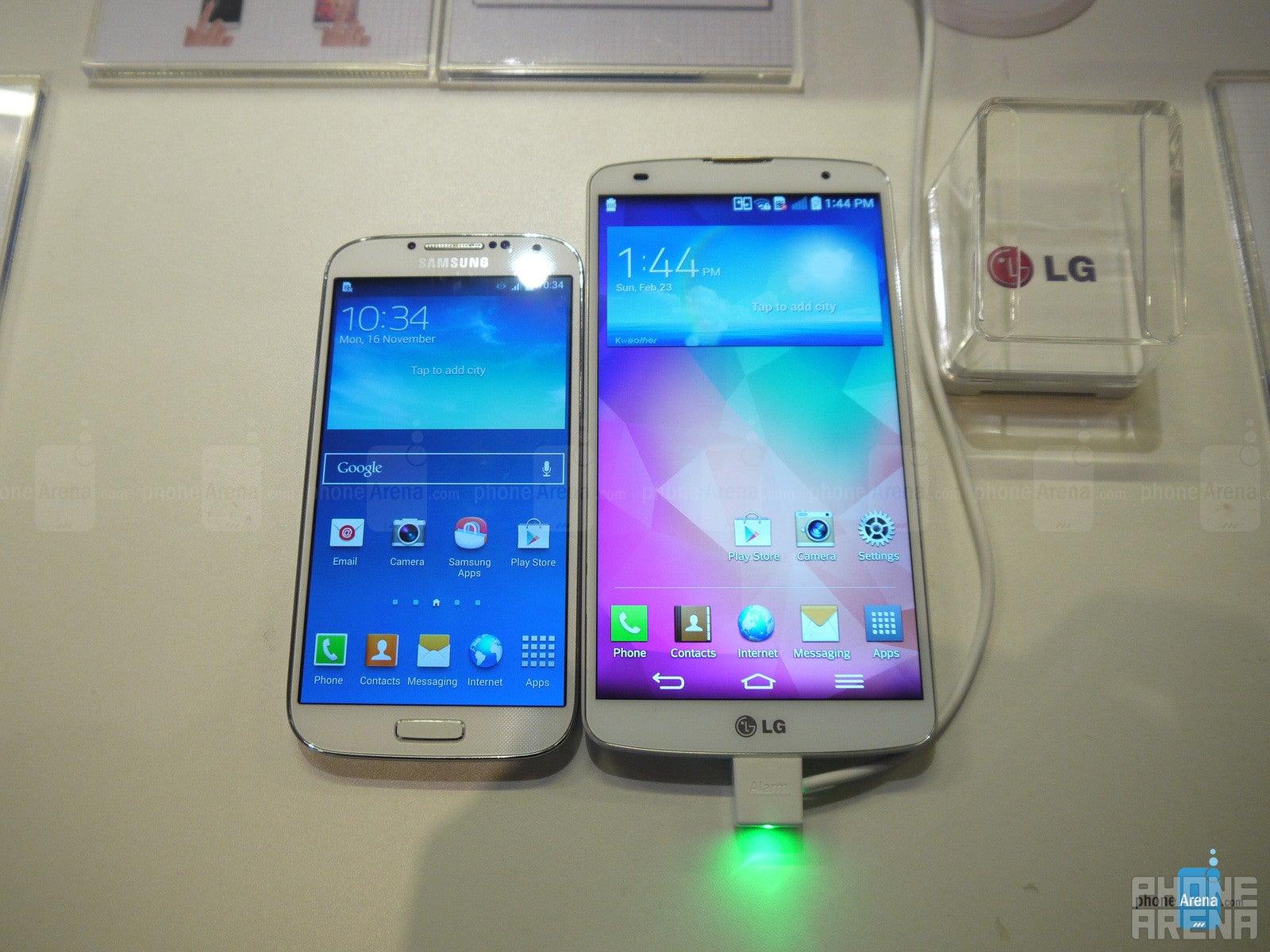
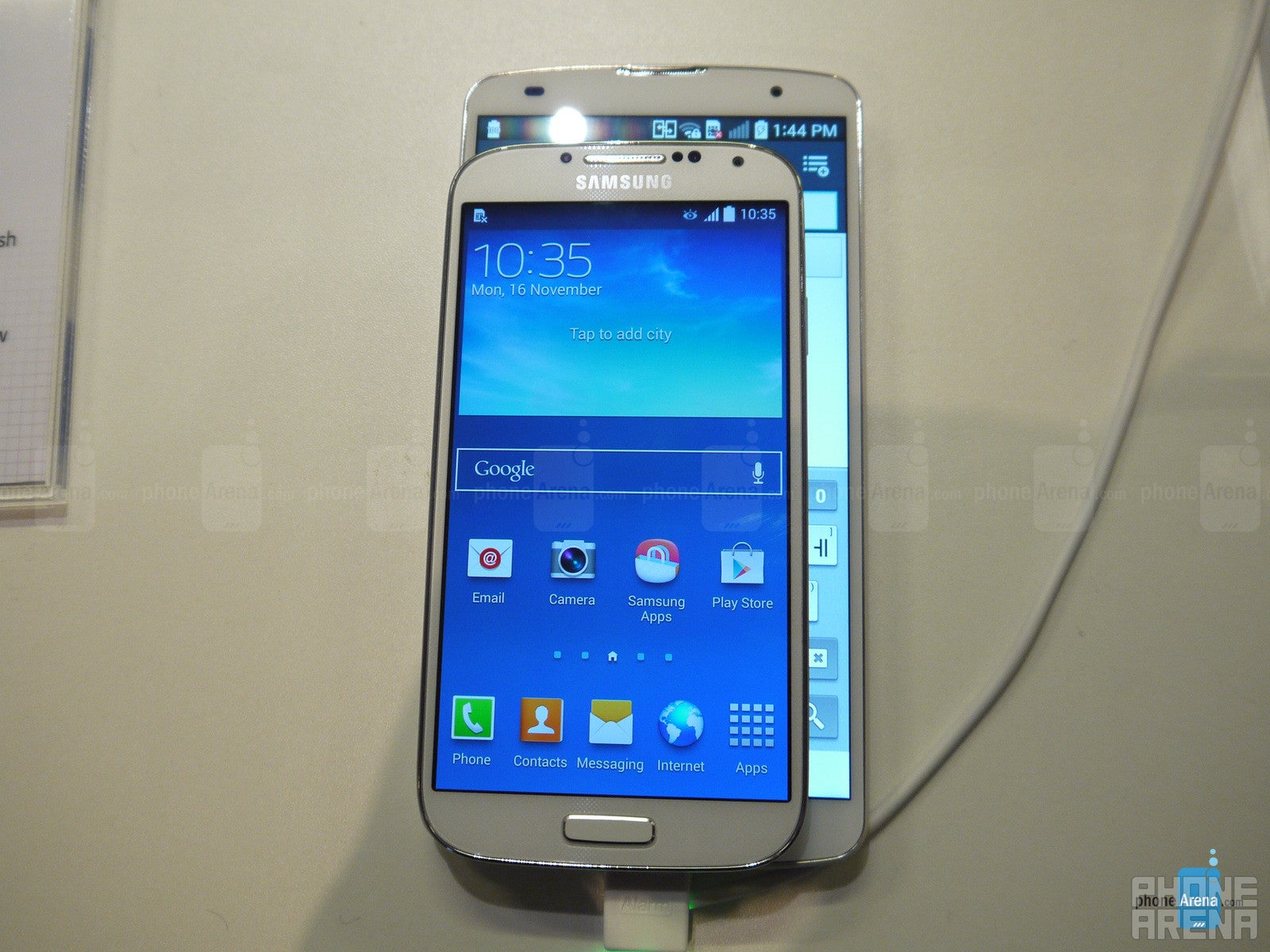

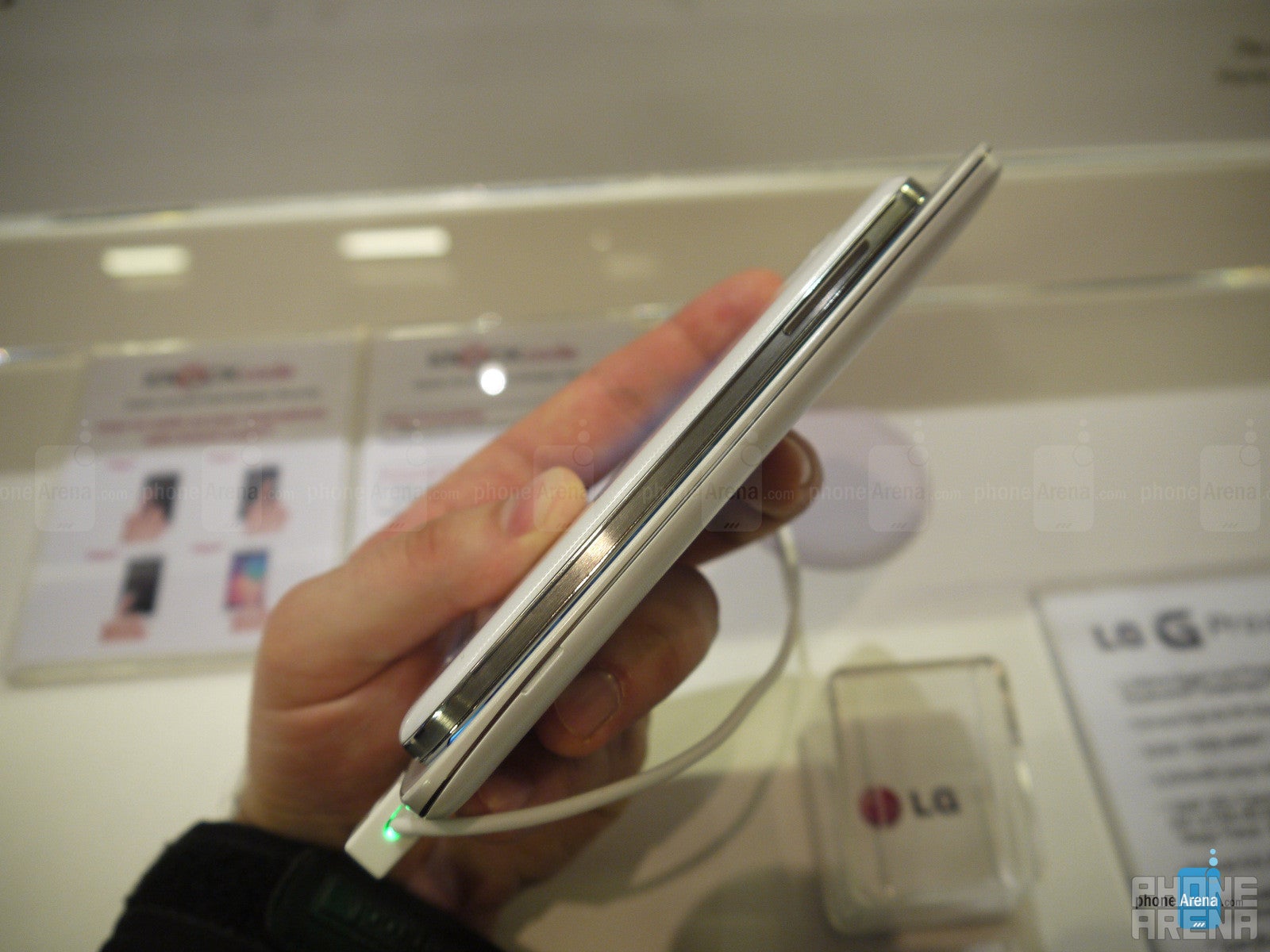
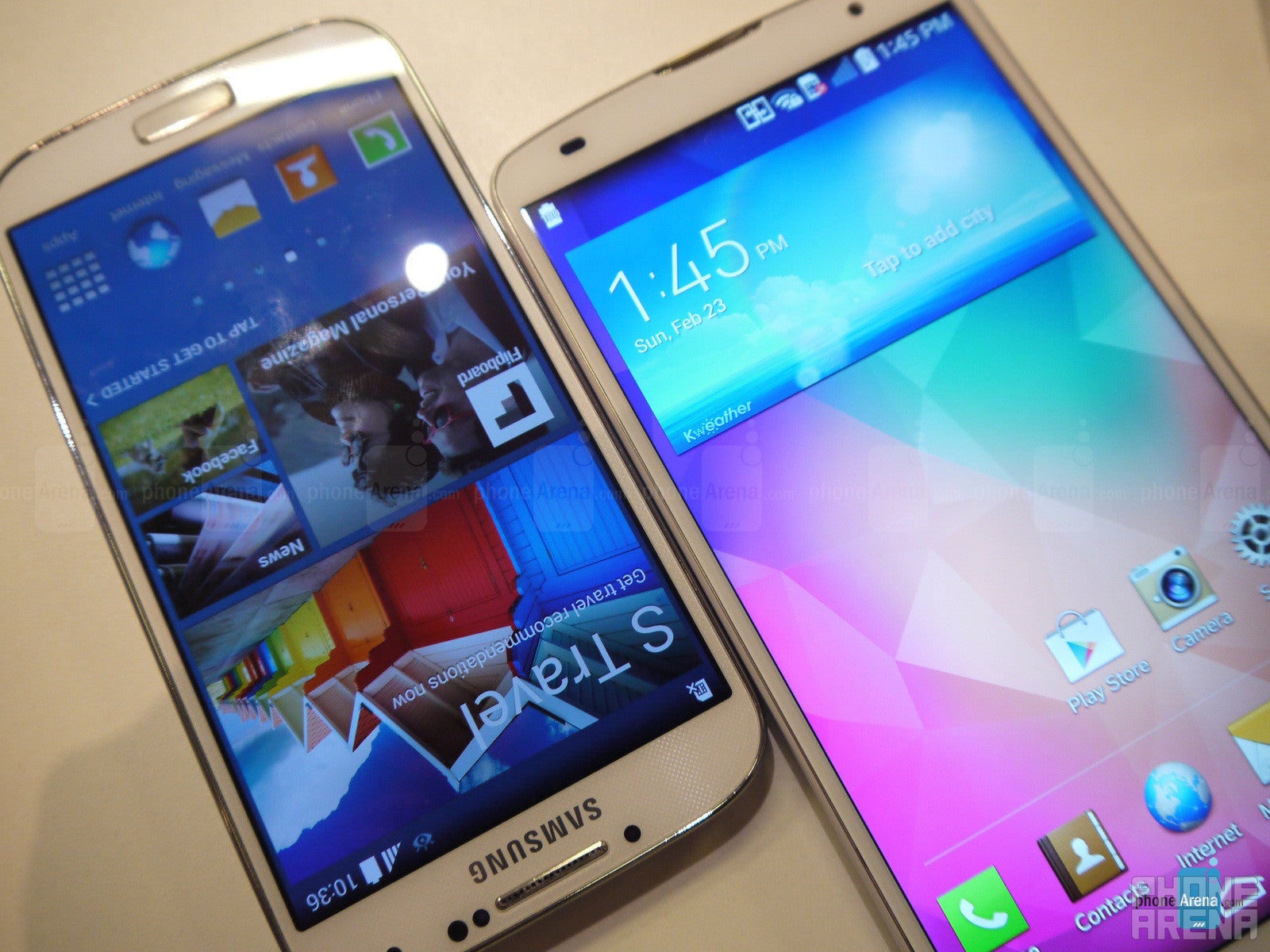
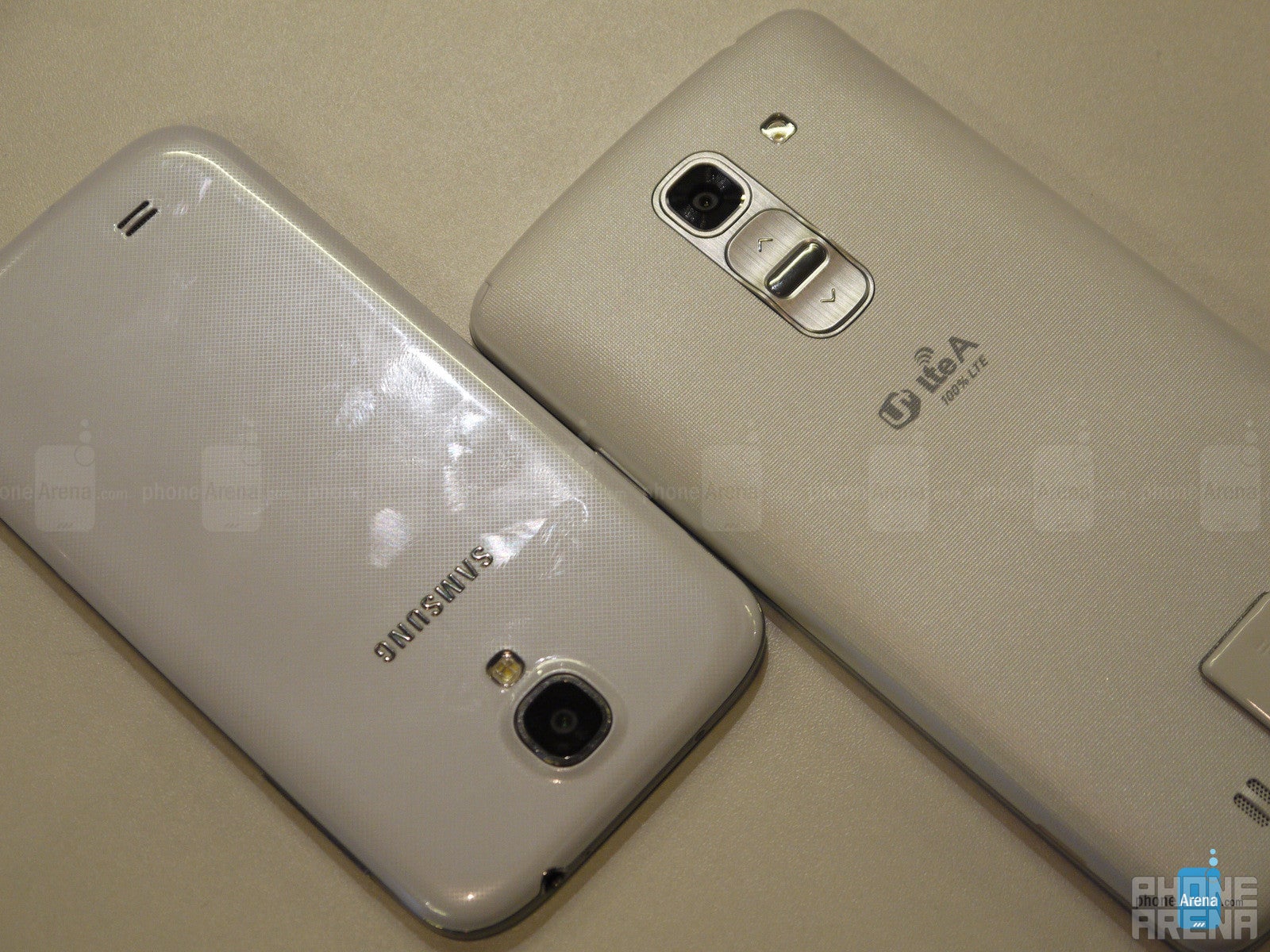













Things that are NOT allowed: